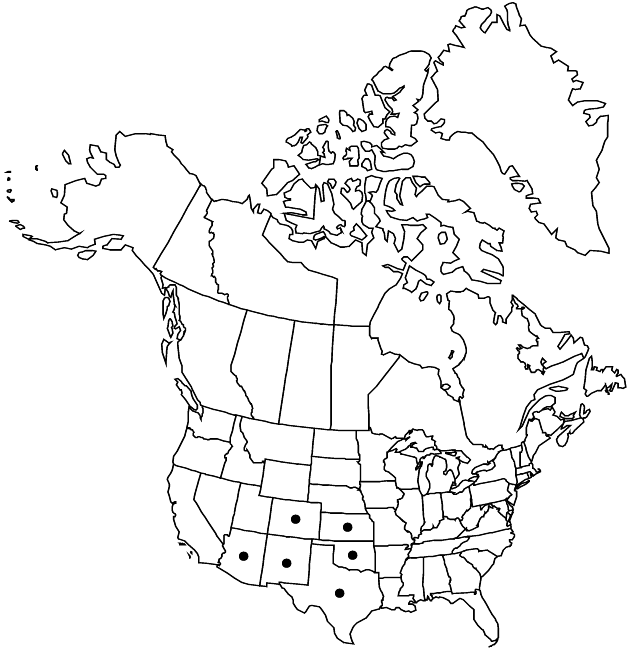Difference between revisions of "Berlandiera lyrata"
Pl. Hartw., 17. 1839.
FNA>Volume Importer |
imported>Volume Importer |
||
| (One intermediate revision by the same user not shown) | |||
| Line 51: | Line 51: | ||
|publication year=1839 | |publication year=1839 | ||
|special status= | |special status= | ||
| − | |source xml=https:// | + | |source xml=https://bitbucket.org/aafc-mbb/fna-data-curation/src/2e0870ddd59836b60bcf96646a41e87ea5a5943a/coarse_grained_fna_xml/V19-20-21/V21_195.xml |
|tribe=Asteraceae tribe Heliantheae | |tribe=Asteraceae tribe Heliantheae | ||
|subtribe=Asteraceae (tribe Heliantheae) subtribe Ecliptinae | |subtribe=Asteraceae (tribe Heliantheae) subtribe Ecliptinae | ||
Latest revision as of 20:10, 5 November 2020
Plants 10–60(–120) cm. Stems (erect to decumbent) usually branched. Leaves evenly distributed along stems; petiolate; blades oblanceolate or obovate to spatulate, often lyrate, sometimes ± pinnatifid (terminal lobes usually shorter than pinnatifid portions, crenate to irregularly incised), membranous to slightly chartaceous, ultimate margins crenate or entire, faces ± velvety. Heads in corymbiform arrays. Peduncles hairy (some hairs reddish, bulbous-based, wartlike, surpassing white, appressed hairs). Involucres 13–17 mm diam. Ray corollas deep yellow to orange-yellow, abaxial veins (sometimes whole surfaces) red to maroon, laminae 10–14 × 5.5–8 mm. Disc corollas red to maroon (rarely yellow). Cypselae 4.5–6 × 2.7–3.7 mm. 2n = 30.
Phenology: Flowering nearly year round.
Habitat: Dry, sandy loams, rocky, limestone soils, roadsides, grasslands with mesquite, oak, and juniper
Elevation: 700–2200 m
Distribution

Ariz., Colo., Kans., N.Mex., Okla., Tex., Mexico.
Discussion
Berlandiera lyrata is cultivated in Arizona. Exceptional specimens that are scapiform (sometimes monocephalic) with mostly undivided leaves and with wartlike hairs on peduncles occur at higher elevations (south-central New Mexico, trans-Pecos Texas, and Nuevo León). They have yellow disc corollas, as do most collections from Chihuahua, Durango, Nuevo León, and Tamaulipas.
Selected References
None.